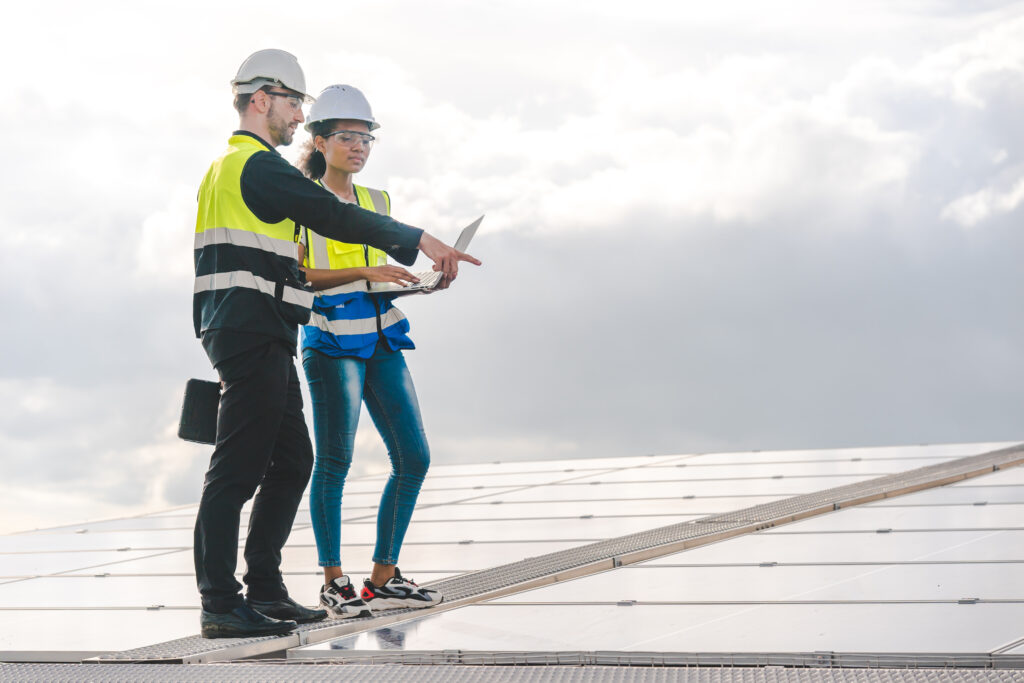- Serving London and surrounding areas
- Work for us

Your roof is one of the most important parts of your home, yet it’s also one of the most overlooked. By the time you spot a leak or notice missing tiles, the damage may already be extensive. That’s why regular roof inspections are essential for maintaining your property’s safety, structural integrity, and value.
But what actually happens during a full roof inspection? What should you expect from a professional roofing contractor? In this guide, we break down everything UK homeowners need to know.
Before diving into what’s included in a roof inspection, it’s worth understanding why they’re so important:
Early problem detection: Identify issues before they become expensive repairs.
Insurance & warranty requirements: Some home insurance and roofing warranties require annual checks.
Energy efficiency: Ensures proper insulation and ventilation, reducing energy costs.
Longevity: Regular maintenance extends your roof’s lifespan.
For UK homeowners, particularly those living in areas with heavy rain, snow, or coastal wind, an annual inspection is often recommended.
Here are common times when a full roof inspection is necessary:
Annually, as part of regular home maintenance
After extreme weather (storms, heavy snow, high winds)
Before buying or selling a home
After a new roof installation (to confirm workmanship)
If you notice visible signs of damage (water stains, sagging ceilings, missing tiles)
A proper roof inspection goes beyond a quick visual check. A professional roofing contractor will assess all aspects of the roof system—both externally and internally. Here’s what it typically involves:
The inspector will examine the condition of your roofing materials (tiles, slates, asphalt shingles, etc.) for:
Cracks or splits
Broken or missing tiles
Warped or curling shingles
Loose ridge or hip tiles
Moss or algae buildup
This is especially important for homes with older or weather-exposed roofs.
Flashing around chimneys, vents, and skylights is checked for signs of corrosion, rust, or cracking—these areas are common sources of leaks.
Drainage systems are inspected for clogs, cracks, and sagging. Proper water runoff prevents roof and foundation damage.
The stability of chimneys, vents, and satellite dish fixings is assessed. Dislodged or leaning chimneys can pose a serious risk.
For flat roofs, inspectors check for ponding water, cracks in membranes, blistering, and failed seals.
Inspectors will enter your loft to examine what’s happening underneath the roof covering.
They look for:
Bowed or cracked rafters
Rotting timber
Signs of woodworm or termite damage
Structural sagging
They assess whether insulation is sufficient and installed correctly, and check for ventilation problems that can cause condensation or mould.
Telltale signs include:
Water stains on joists or ceilings
Damp smells
Mould or mildew
Peeling paint or bubbling plaster
Identifying internal moisture issues early can prevent costly ceiling and plaster repairs.
At the end of the inspection, you’ll receive a full report outlining:
The current condition of your roof
Photographic evidence of any issues
Urgent vs. non-urgent repair needs
An estimate for any necessary work
This report is valuable not just for repairs but also for insurance claims, warranty validation, or preparing your home for sale.
While you can visually inspect your roof from ground level using binoculars, a professional roof inspection is strongly advised—especially if you notice damage, or if your roof is older than 10 years.
Professionals are trained to:
Identify hidden structural damage
Use equipment such as moisture meters and drones
Safely access pitched or fragile roofs
Provide accurate repair cost estimates
Attempting to inspect your roof yourself can be dangerous and might miss underlying issues.
Costs vary depending on the size and complexity of your roof, but typically range between £100–£250. Some roofing contractors offer free inspections if you go ahead with their recommended repairs.
For peace of mind, especially after storms or when buying a new home, it’s a worthwhile investment.
To get the most out of your inspection:
Schedule checks annually (ideally in spring or autumn)
Keep gutters and downpipes clean year-round
Trim back overhanging tree branches
Remove moss and debris as needed
Ensure roof ventilation is working properly
Routine checks and minor fixes can save you thousands in the long run.
A full roof inspection is one of the smartest things a homeowner can do. It helps spot small problems before they become major, expensive headaches. Whether you’ve just bought a property, experienced bad weather, or want peace of mind about your home’s condition—don’t delay.
By hiring a professional roofing company for a detailed roof inspection, you’ll protect your home, finances, and safety.
Need help arranging a roof inspection? Reach out to a qualified local roofer and get your property checked before minor issues turn into major repairs.
Monday to Sunday: 6:00 AM – 8:00 PM (Open Daily)
Subscribe to our newsletter for the latest updates and offers.
© [2010 [A&A Roofing]. All Rights Reserved. Designed By Spectrum Media Solutions.